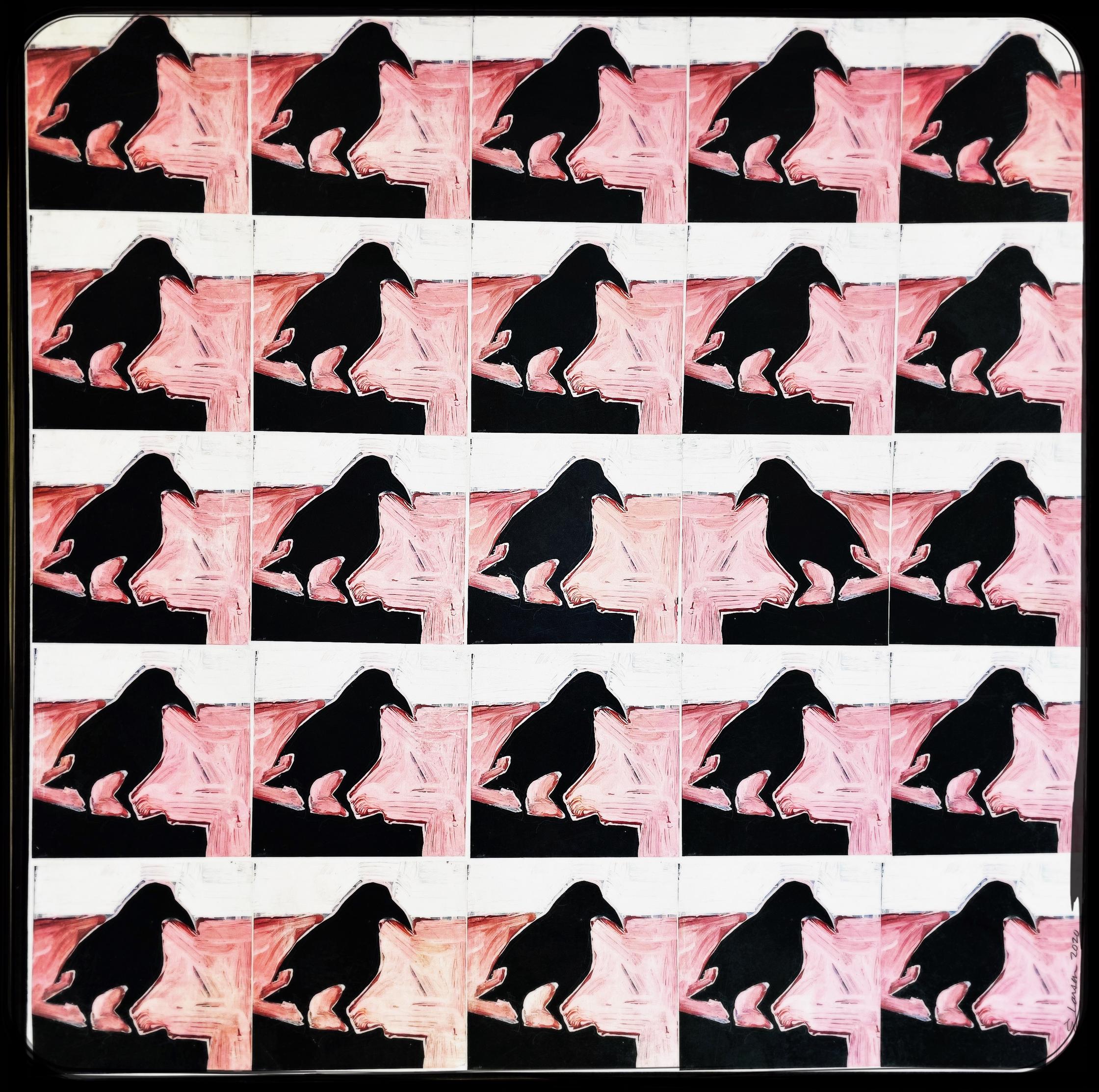Why do people with dyslexia sometimes flip letters?
Let's go step by step:
-
No human brain is born with the wiring required for reading.
-
With exposure and repeated practice, the brain ends up re-allocating certain aspects of its built-in component parts, originally designed to do other things, in order to facilitate reading.
-
These component parts make up a network, briefly summarized here:
-
A very tiny area in the back left part of the brain which is part of a brain section originally designed to visually recognize objects
-
An area toward the mid-front left part of the brain which is part of the language network, processes sounds
-
A rope of fibers (“wires” of sorts) that connects these two areas, and allows them to communicate with each other
-
-
Before the brain learns to read, the back part (object recognizer) processes letters as if they were shapes, not symbols, because the letters are not yet anchored in their meanings.
-
The difference between an shape and a symbol: a shape doesn’t have a consistent meaning attached to it, and a symbol does.
-
The “meaning” of letter symbols is the sound associated with the letter according to the alphabetic code.
-
-
In the non-dyslexic brain, once the reader establishes proficiency of the sound-symbol association, a tiny section of this object recognizer called the “letterbox area” gets a Brand New Job! Its job is to process letters, not as objects, but as symbols of our written code.
-
This area was recently dubbed the “letterbox” area (term from brilliant French neuroscientist Stanislas Dehaene, PhD), as it is universally present across all languages as the part of the brain that processes letters.
-
-
With its New Job, the letterbox area establishes a close working relationship with its colleague, further front in the brain, who manages the sounds that go with the symbols.
-
This close working relationship is maintained by a rope of fibers connecting the two parts. Information literally travels back and forth via this rope of fibers, and the more information travels back and forth, the more efficient the network becomes (Think of a friend or colleague who you know so well you can almost predict what they’re going to say before they say it because you’ve talked together so many times. This is the vibe in this working relationship.)
-
Here’s the key: In the dyslexic brain, this rope of fibers is thinner and more frayed than in the non-dyslexic brain.
-
Cool thing: we can now see this on neuroimaging studies of babies, 18 months old offspring of a parent with dyslexia. The wiring of dyslexic brains is different from the beginning.
-
-
A thinner/frayed fiber tract results in less efficient communication between these two parts (object recognizer and sound processor).
-
This slows the process of letters being treated as symbols because that working relationship hasn’t become automatic and so the brain is still treating letters as objects, not symbols.
-
This back part of the brain (object recognizer) has a very cool built-in feature called “automatic mirror reversal.” It processes visual input of objects and immediately, automatically, reverses the object so that the human can instantaneously recognize the object regardless of direction. It’s helpful to think of this from an evolutionary perspective: you gotta know if it’s a buffalo coming at you regardless of whether it’s coming from the East or West. Our brains don’t pause to wonder if that chair that is now facing in an opposite direction is in fact a chair or some other thing.
-
I have this painting hanging in my office to help illustrate this point. When you look at this, you see that one crow is facing backward, but your brain doesn’t need any extra time to process that it’s still a crow. Your brain automatically processes the mirror image of the object. The meaning is the same.
-
To the dyslexic brain, one crow is a “b” and the backwards crow is a “d.” They’re mirror images of each other.
-
When letters are not properly anchored to their associated sounds, the brain processes them like a crow because they don’t have different meanings.
-
Once the letters get more strongly anchored to their sounds (with repeated error-free practice), they become symbols and the brain processes them as such, easily differentiating between them because they are attached to their respective meanings.
Early identification through a comprehensive dyslexia evaluation can help address these challenges and support reading development.



